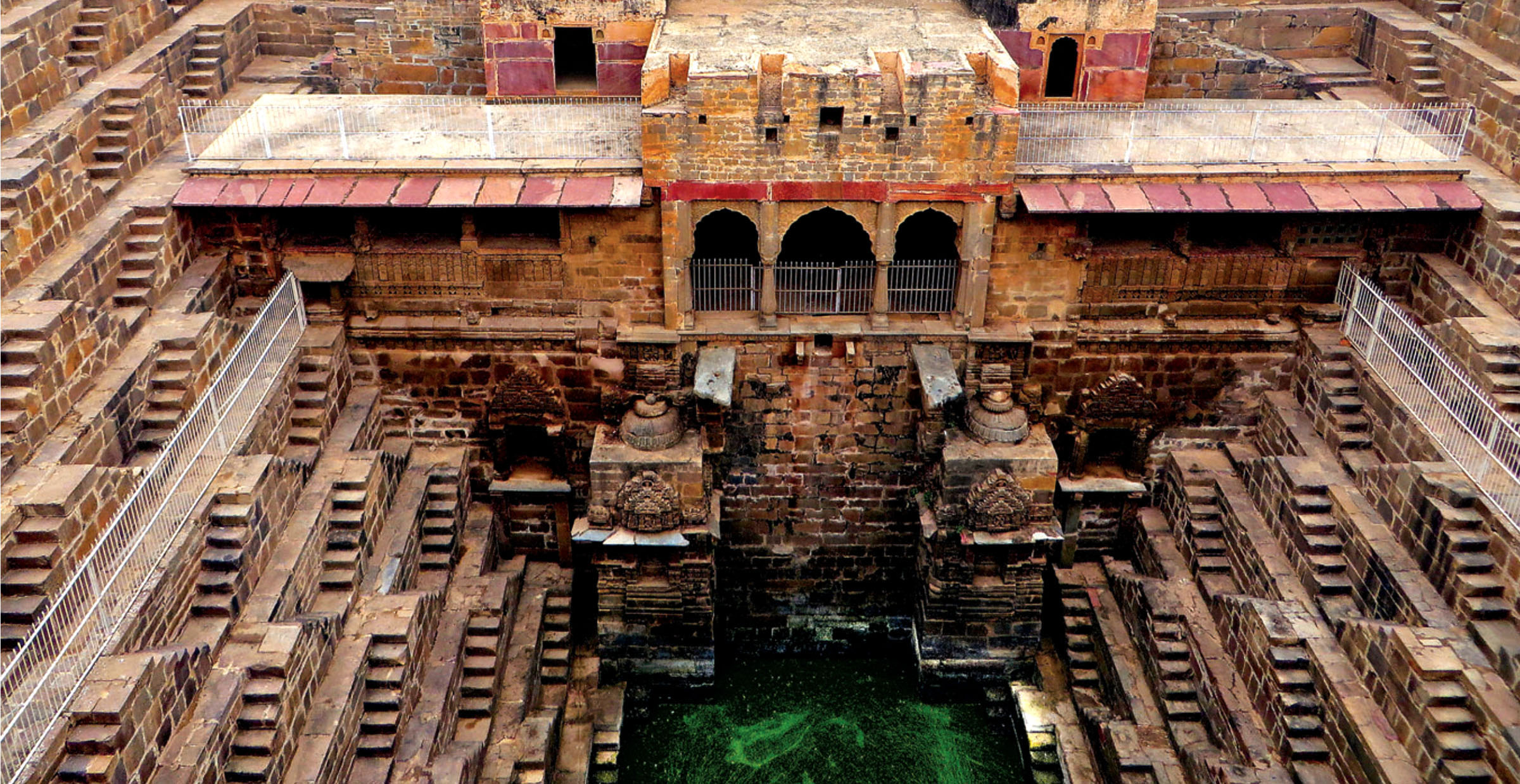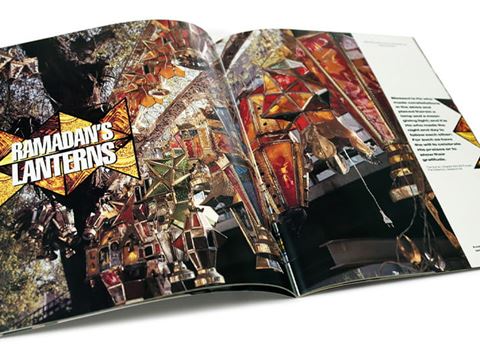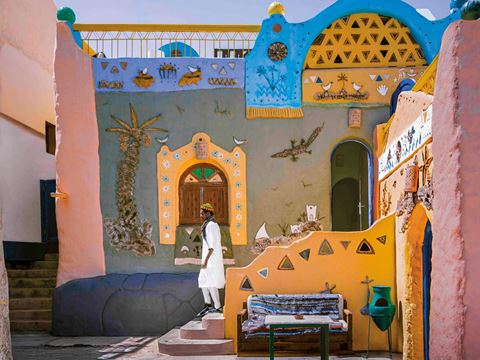
FirstLook: Stepwells of Chand Baori
The Stepwell of Chand Baori
The experience of looking down into architecture rather than up at it is a subversive one. Of India’s hundreds of stepwells, Chand Baori is one of the largest, deepest and oldest. Its mesmerizing geometry of more than 3,500 steps and its plunge down 30 meters through 13 stories never fails to excite.
The first function of stepwells, which are unique to India, was to provide a year-round source of water. Their design offered two advantages over simple draw-wells. Stepwells had, first, great capacity. Many were built along trade routes, where they could serve both residents and travelers. Stepwells were also cooler down at their water-table’s surface than up on the ground above. Especially under Islamic rule, architectural enhancements were made to stepwells, such as loggias with small chambers—such as the one near the center of Chand Baori—in which one could take relief from the sun.
Chand Baori was built around 800 CE by Raja Chand, a Hindi surname that means “moon.” In the 18th century, Mughal rulers added rooms, galleries and arches. Today it is fenced, its stairs being regarded as too steep to allow public access anymore.
—Victoria Lautman author of The Vanishing Stepwells of India
Merrell Publishers, 2017 www.victorialautman.com @victorialautman
Chand Baori was built around 800 CE by Raja Chand, a Hindi surname that means “moon.” In the 18th century, Mughal rulers added rooms, galleries and arches. Today it is fenced, its stairs being regarded as too steep to allow public access anymore.
—Victoria Lautman author of The Vanishing Stepwells of India
Merrell Publishers, 2017 www.victorialautman.com @victorialautman
You may also be interested in...

Find Ramadan Lanterns on Cairo's Streets with John Feeney
Arts
In the March/April 1992 issue, writer and photographer John Feeney took AramcoWorld readers on a walk through the streets of Cairo during Ramadan.
Saudi Photographer Captures Aswan's Nubian Heritage
Arts
As a Saudi photographer with a passion for cultural, human and heritage themes around the world, I strive to make my images windows to the past as well as reflections of the present. When I came across this guesthouse on a visit to Aswan, Egypt, I was taken back to 3000 BCE to ancient Nubia.
FirstLook - A blistering triumph for the back-street boys
Arts
Amid the roar of racers zooming toward the finish line in London during the 1980 Grand Prix, longtime auto-racing photographer and renowned artist Michael Turner trained his lens on a Saudia-Williams FW 07.